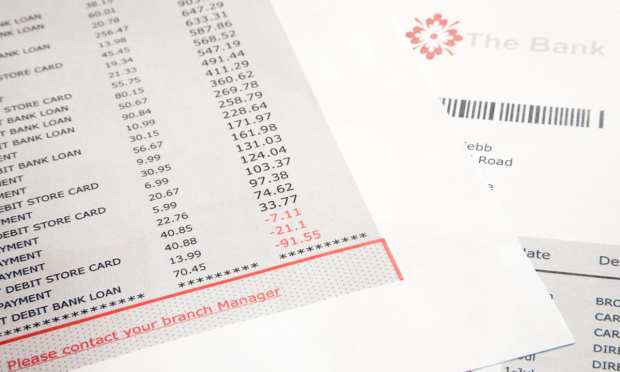Banks Are Finding Alternatives To Overdraft Fees

Are overdraft fees over?
A report on Tuesday (June 22) in The New York Times says that a growing number of banks have rolled out services such as grace periods and small, short-term loans to qualifying customers: those who have a consistent deposit history or perhaps a longstanding account.
“The biggest shift occurred this month, when Ally Bank said it would eliminate its $25 overdraft fee altogether, giving customers six days to get in the black again before it potentially limits how they use their accounts,” the report noted.
Other banks are taking steps away from overdraft fees, such as PNC Bank’s “low-cash mode,” which alerts customers when their balances dip below $50 and again when they go negative.
Overdraft fees were down 10 percent last year, their lowest level in six years, as PYMNTS’ Karen Webster wrote recently. There are a few reasons for this drop: Consumers either worked from home or didn’t work at all, and didn’t spend as much as they once did. They also saved on commuting and other work-related expenses and were smart about banking what they didn’t spend. And stimulus payments and other programs gave people more money than they would typically have.
This change follows decades of proliferation by overdraft fees. The concept was introduced as a convenience for customers: Instead of bouncing a check, they’d have the assurance that their bills would still get paid. Over time, however, overdraft protections have served as a way for banks to rack up big fees. Customers must opt in to receive these protections, but banks don’t need the customer’s go-ahead to charge fees for online payments or checks rather than letting them bounce.
These fees have become a multibillion-dollar revenue source, “so lucrative to one midsize institution that its chief executive once named his boat after them,” per the Times story.
